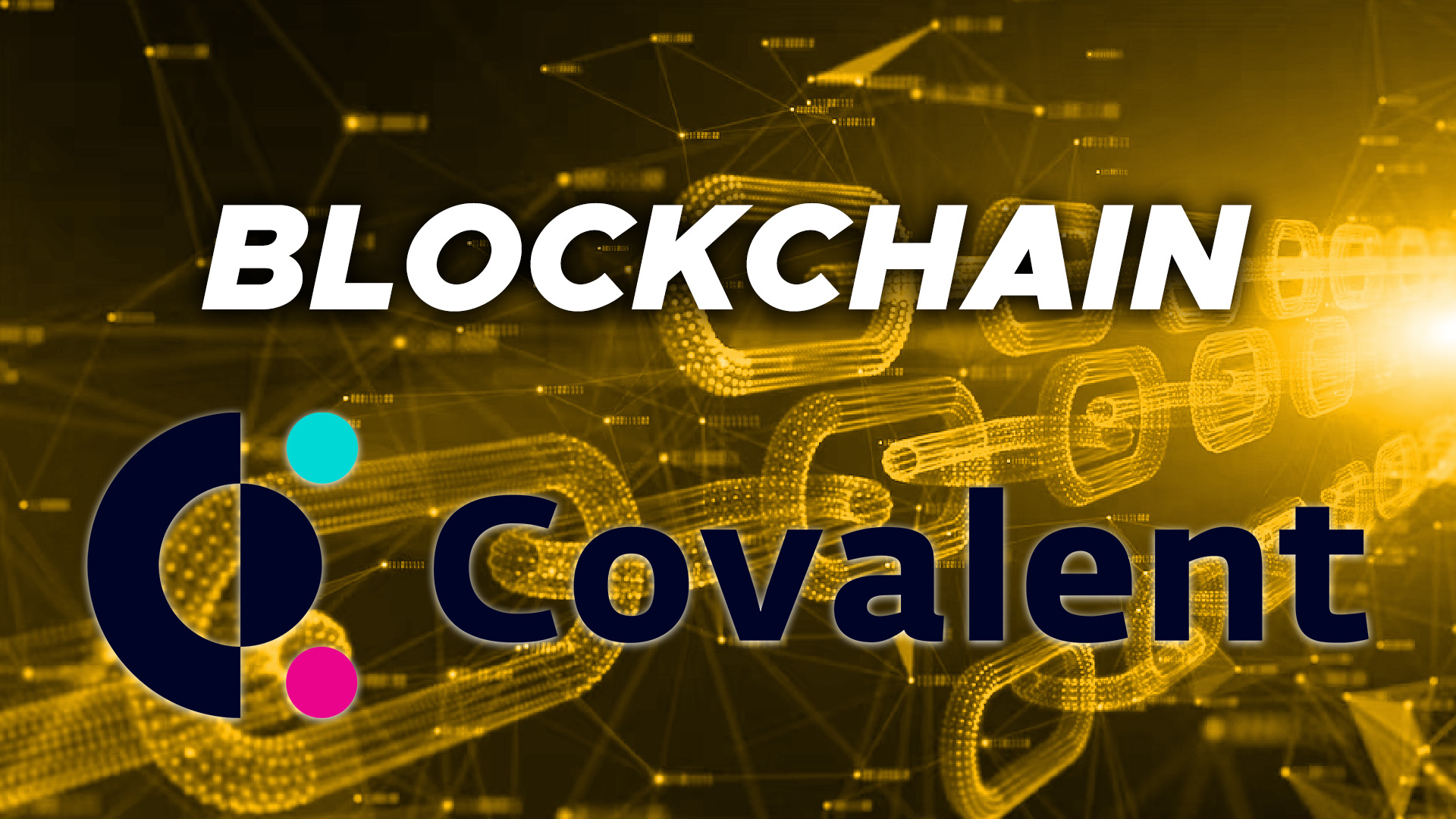- Covalent is software providing robust and extensive data for the blockchain systems
- It collects data from the single API across more than 26 different blockchains
Blockchain systems are evolving technologies in the world. With more and more blockchains coming, it ecomes challenging to keep track of what is happening in blockchain systems. Collecting data from each blockchain about token balances, historical transactions, and other details is time-consuming and expensive.
It is very important to analyze the blockchain data so as to know what is happening in the current blockchain system. To solve this problem, Covalent has come up with a solution of providing extensive and robust data in a structured and standardized way. To know more about it, continue reading the article.
Covalent – A Software Providing Robust Data
Covalent is the software that aggregates data across different blockchains and provides it to users in a robust and standardized manner. The users of this data include developers, traders, and investors who analyze this data according to their purposes.
Founded in 2017 by Ganesh Wami and Levi Aul, the software has different parties to maintain the accuracy and standardization of the data. These parties play their assigned roles in order to provide the user’s data in real-time across various blockchains. The whole process from collecting data to providing it to the users takes place in a decentralized manner.
The covalent is unique because it provides extensive data and supports multi-blockchains. It collects data from every single contract, wallet address, and transaction on the blockchain in real time. The user can easily access the data from more than 26 blockchains with more chains coming soon.
How Does Covalent Work?
The software utilizes the Covalent Unified API to collect token balances, positions, and historical data of blockchains. Additionally, there are several players involved in data collection, storage, and query purposes. These players include:
1. Block-Specimen Producers
Block specimen is a format in which the data is published. Block-specimen producers gather data timely and accurately from different blockchains by running nodes on them. Once the data is collected, the producers publish the data in a block-specimen format and receive a CQT reward.
2. Validators
Validators are required to validate the node and for maintaining data integrity and accuracy. The validator validates the node by staking CQT tokens.
3. Storage Request Responders
The Responders collect the data requested by the end user and send this information to the user. They also work directly with other nodes to compare prices and capabilities.
4. Query Request Responders
It works similarly to storage request responders but they handle external requests submitted from Covalent’s API.
CQT – Native token of Covalent
Covalent Query Token (CQT) is the native token of the Covalent network. CQT serves as a governance token, granting users voting rights in proposals.It is a staking asset as it helps the validators to validate the node by staking their tokens on the network. There is a total supply of 1 billion CQT tokens in the network.
Concluding Thoughts
In summary, the Covalent network offers a remarkable solution forproviding robust data from different blockchains. The network has its token as well to perform the various activities in the network. The data provided by the network is helpful for developers, investors, and traders.
